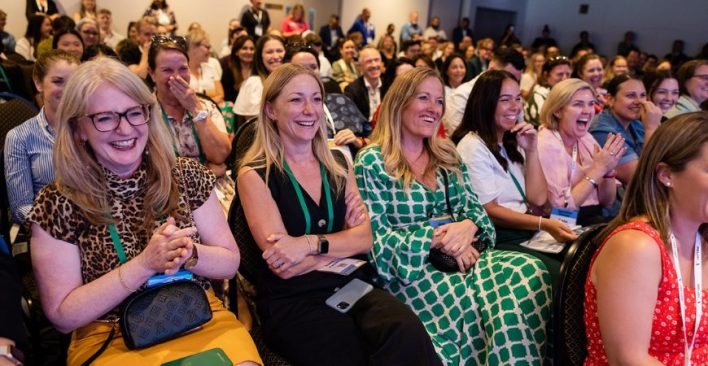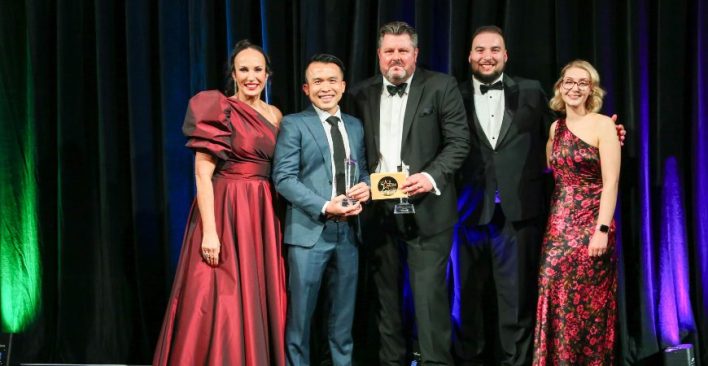People Analytics & the Future of Talent – Day One Key Takeaways

In keeping with form and being the first to bring you the latest in everything to do with Internal Talent acquisition and management, ATC ran the People Analytics & the Future of Talent conference in Sydney yesterday and it is the first-of-its-kind People Analytics event dedicated to HR & Talent Acquisition.
With leading global and local People Analytics speakers presenting at the event, there is plenty to learn and take back to your organisations with you. Here are some of the key takeaways for day one of the conference:
1. Current State Analysis

Keynote speaker Al Adamsen said the most important first step for anybody embarking on the People Analytics journey is to conduct a current state analysis. Talk to your people and find out what is important to them and what exactly the information they want from you. Through this analysis you will be able to find out what is not being delivered on and you can then fill the gap.
Adina Leu reiterated this during her session “A 3-step Approach to Creating a Leading Workforce Analytics Function” when she said that the current state analysis is the basis for getting everything else right. Data integrity is key when you are working with People Analytics and you have to make sure you get your basics right before you start scaling up your function.
2. Be creative
Ask questions. Talk to people. Is the data answering the questions you want answered? How can you produce the data that provides your business leaders the answers to what they want to know? There is an array of ways to interpret data and if you restrict yourself to only one school of thinking, you are limiting the possibilities that your data can bring.
So be creative and keep asking questions, and if we can all become consistent at doing this, the data can offer you boundless opportunities.
3. Conduct experiments

You need to recognise that you can’t do it all. Resources are limited and it is impossible to analysis all the data out there. So where do you start? How can you be smart about this?
One of the ways, according to Peter O’Hanlon, is to conduct experiments. This is an efficient way to test your hypotheses on a small scale and to mitigate the risks that come along when implementing a People Analytics strategy.
Peter also reminded everyone that it is important not to take any research that’s available out there and use it on your organisation without first testing them to see if they work for you. Do not assume that there is an one-size-fits-all solution.
4. Define your metrics/any terms carefully

What do you mean by “turnover”? What is “speed-to-hire”? What about “cost-to-hire”? There are so many different metrics and terms being thrown around out there. Are you certain your business leaders know what you talking about when you include these information in your People Analytics report?
Kevin Wheeler reminds everyone the need to ensure that your metrics makes sense and are, in fact, measuring what they should be measuring. You need to be precise and this is perfectly encapsulated by a quote that Al shared – “The beginning of wisdom is calling things by the right names”.
Kevin also provided some words of wisdom and advised everyone not to measure anything unless they mean something to the business leaders you are reporting to.’ Also, make sure you have a solution to the problem you are reporting before actually reporting the metric. Be smart to be effective.
5. Start small
This is related to Point 3 – resources are limited and you will have to be smart about how you go about your People Analytics journey. Westpac Group’s Lead Analyst, Sean Preusse, and Woolworth’s People Information & Analytics Program Lead, Deborah Henderson, explained how you can start by reaching out to your internal partners to gather information and build your case from there.

Once you have sufficient data and information, you can then bring your suggestions to your senior business leaders.
You should also identify who your champions are – i.e. the people who support you, the ones who are able to provide you access and the influencers who can help you get your case across to senior leaders.
Finally, you should always aim for continuous improvement and the target should always at least be further than last year’s.
So there you go, our key takeaways from Day One of the conference. Anything else to add? Feel free leave a comment below.
Related articles
Leave a Reply
Sign up to our newsletter
Get a weekly digest on the latest in Talent Acquisition.
Deliver this goodness to my inbox!


